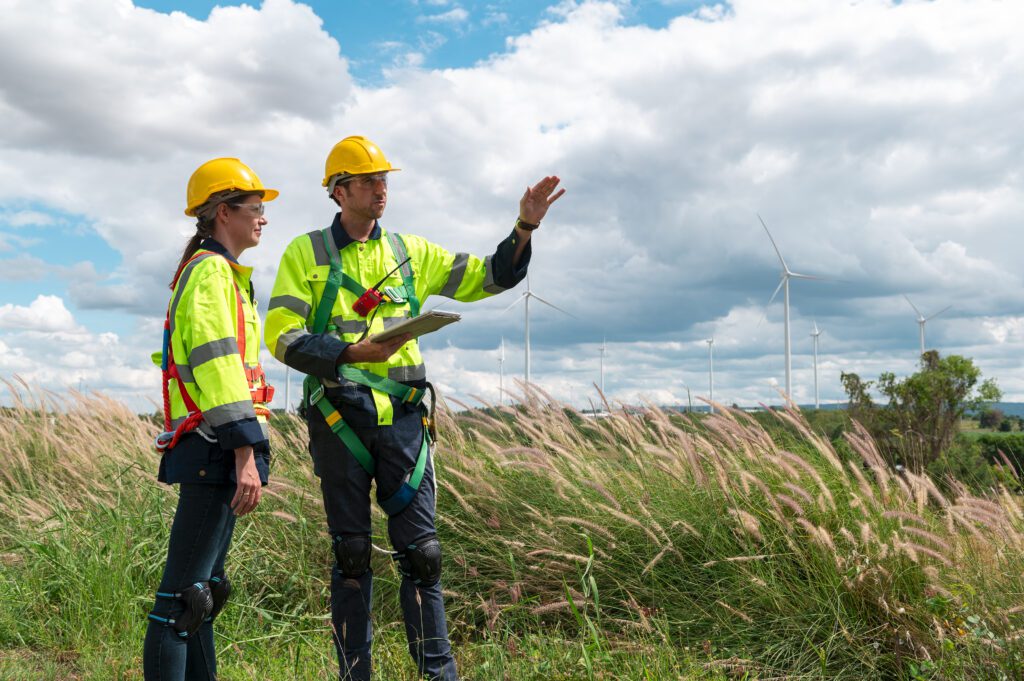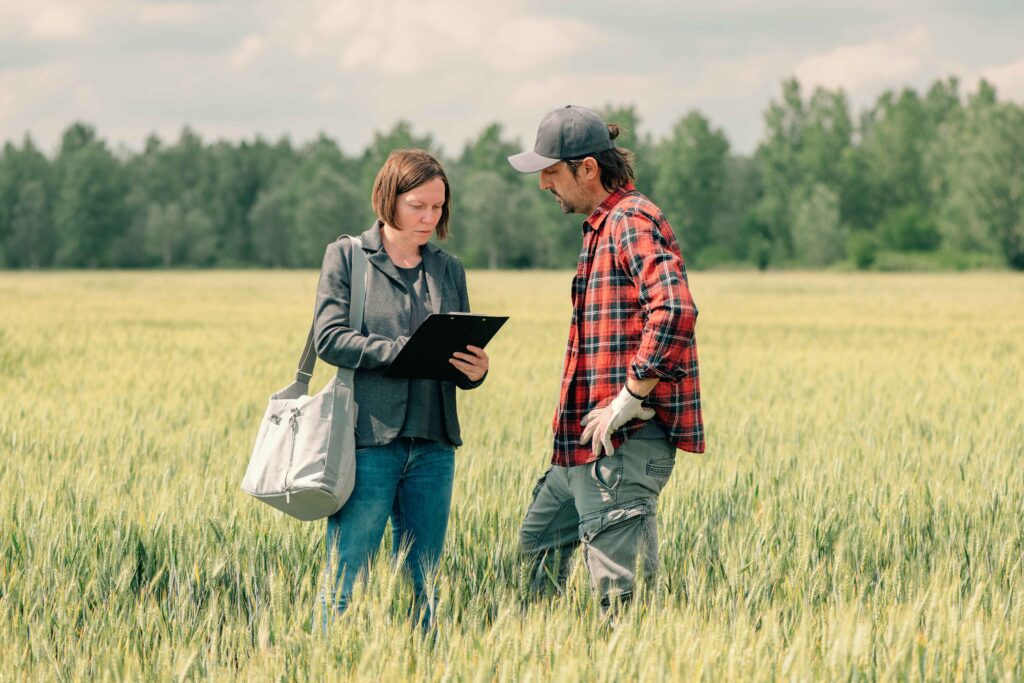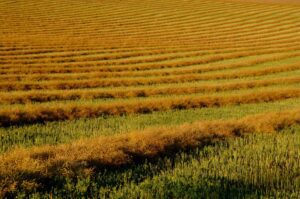If you own a farm, it’s immensely valuable to know how all your hard work has increased the value of your farm. Naturally, getting an appraisal will help you to find that out. You may be curious what a farm real estate appraisal process looks like, so we’ve broken it down below so you’re ready and prepared for it.
All the Factors That Influence a Farm Real Estate Appraisal Process
Of course, there isn’t just one part to any farms, there’s the soil, fertility, land and many other factors that need to be judged to determine the farm’s value. Below are the 5 main factors that affect a farm’s appraisal in Canada:
- Farmland
- Residence
- Residence land
- Farm outbuildings
- Other buildings or structures
1. How Farmland is Assessed
One of the most common approaches to gauging farmland is using the Direct Comparison Approach. This method focuses on comparing your property to similar farmland in your area that has been sold. This helps appraisers get insight into how the market is doing with respect to farmland.
2. How Residence Value Is Determined
Naturally, farmers need a place to come home to, so a farm’s residence is also assessed for its value. The main factors that are considered for this include:
- The dimensions of the residence
- The type and quality of the construction of the residence
- How old the residence is
- The cost it would take to rebuild it.

3. How the Value of Residence Land is Evaluated
If the people who own the farm live in the primary residence on the farm, then one acre of land that supports the residence is considered and evaluated as farmland.
However, if the house is rented to someone who is not part of the farm, the acre of land is considered residential property and is assessed as such.
4. How Farm Outbuildings Are Assessed for Value
These structures are evaluated based on replacing them where the following factors are considered:
- The design of the outbuilding itself
- The type and quality of the construction of the outbuilding
- How old the outbuilding is
- The cost it would take to rebuild each outbuilding
5. How All Other Farm Buildings or Structures are Evaluated for Value
Finally, the last major factor that is used to appraise farm real estate is the value of all other farm buildings or structures. These could include buildings like wineries for instance. Like outbuildings, they are evaluated on the basis of replacing them and take into account the following aspects:
- The size of the building
- The design of the building
- How old the building is
As you can see, much of a farmland’s appraisal is made up of the condition and scope of the buildings on a farm in addition to how much it would cost to replace the structures on the property. Through appraisals, farmers can get valuable insight into their farm and how their work in improving the property has affected their farm’s value.






